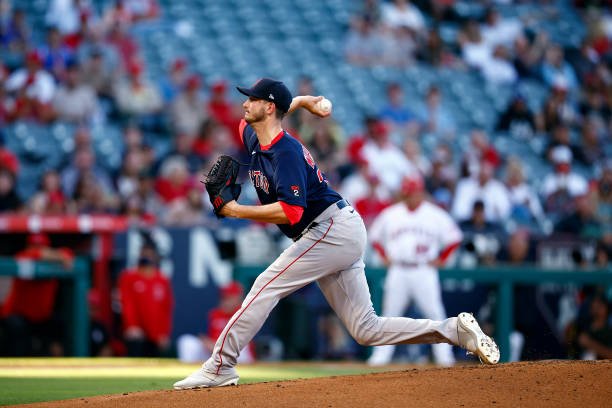Multi-Inning: The Value of MLB Relievers in the Modern Game
Garrett Whitlock’s role in the Red Sox bullpen continues to showcase the potential for multi inning relievers. Krebs’ latest Friday MLB Column looks into the ongoing trend and how more is asked of relievers than ever before.
Starting pitchers were once the end-all-be-all in baseball. Probable pitchers were whom fans could expect to see the most over the course of an MLB game. With the added focus of relievers in the late 80s/early 90s, starting pitchers are asked to go fewer and fewer outings each year. Due to concerns over workload and injury given the added emphasis of Tommy John surgery amid velocity jumps, teams offer relievers more and more innings each year. The rare ace who goes seven, eight, or nine has become a rarity in today’s game, making their feats even more impressive.
The concept of the bullpen game, as now commonly known, developed, and popularized in the early 2020s by the Tampa Bay Rays, is not a unique occurrence anymore, as relievers go further than the traditional inning they were once supposed to be defined. Bullpens, scouting improvement and decision making, have become better with the notion that hitters have more trouble picking up pitchers that just entered the game.
Enter 2022, wherewith the increased dependency on relief pitchers, one-inning guys have become two, three, and even four-inning guys. “Riding a guy out” has become commonplace because why should effectiveness determine the duration of a game, barring injury. The swingman has evolved to a point where they are just another bulk pitcher amid a stable of capable multi-inning relievers.
Current Red Sox pitchers Matt Strohm, Tyler Danish, Hirokazu Sawamura, Jake Diekman, Austin Davis, Ryan Brasier, and Tanner Houck have defined a bullpen. The expectation resides in a multi-inning outing as teams have embraced bullpens and try to get the most innings out of their pitchers as possible, to their benefit or detriment. While the Red Sox have their one-inning stopper in John Schreiber, the rest of the bullpen has the potential to be more than a one-inning wonder.
The most profound effect of the multi-inning reliever is availability since stretched out relievers are not likely to pitch two games in a row. As an effect, the manager must be ahead of future games, with a plan on who is available. Each multi-inning game raises the stakes since they may not pitch the next day. The ongoing trend will stretch out relievers, backward and unconventional to the past years of pitching management. Three to four-inning pitchers may become the norm, like the role Garrett Whitlock will see once he returns from the Injured List.
At the end of the day, someone, or a group of pitchers, must find a way to get through a nine-inning game. Nevertheless, pitchers will continue to see a non-conventional workload as they become that much more effective. Traditional starters will become outdated, essentially creating a new statistic to classify an outing critical to recognize bulk pitchers for what they are. Starting pitchers may begin the game, but the added emphasis of the reliever in the early 2020s will continue to grow and potentially overtake the starter as more essential.
References
Image courtesy of Getty Images
